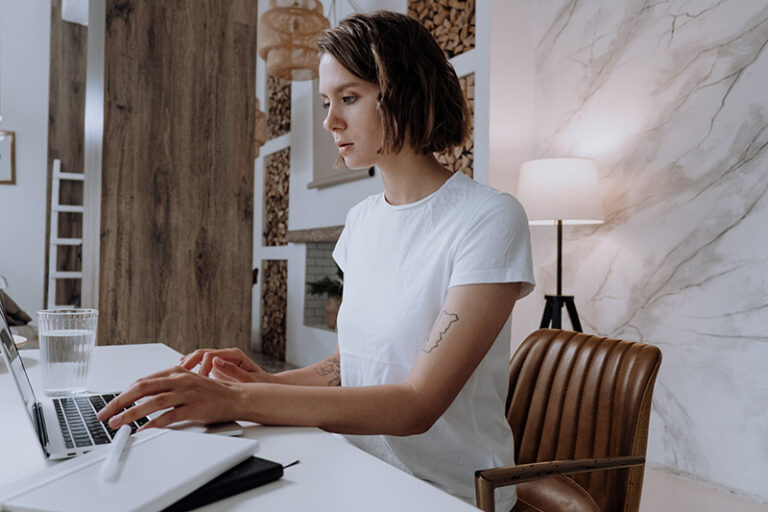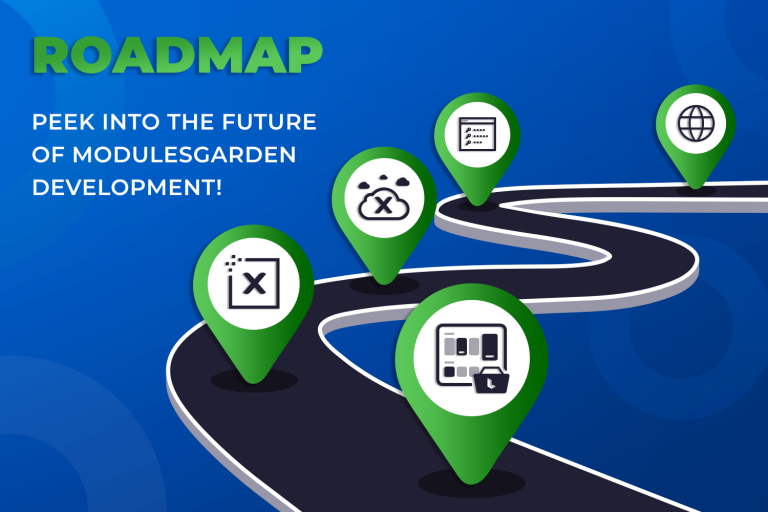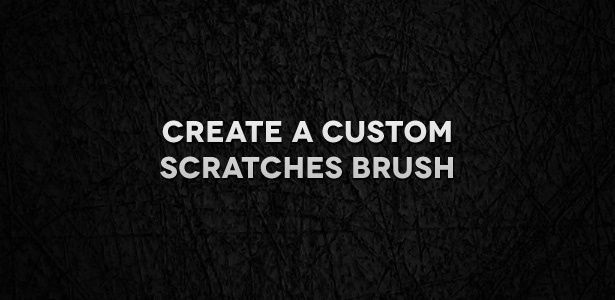Blender is free, open-source 3D modeling and animation software that is used to create everything from TV commercials to video game cut scenes. It’s powerful enough for professional use but also offers an intuitive interface that makes it accessible for beginners. Although it’s relatively user-friendly, there is a learning curve because Blender can do so many different things. When you’re just getting started, it’s helpful to have some quality Blender tutorials to help you learn the ropes.

You’ll be able to use this impressive free software regardless of whether you use Windows, Mac OS X, or Linux. Blender has an extensive list of features and functionality like 3D modeling, scultping, animation, rigging, rendering, and video editing. This article will provide you with some tutorials on how to get started using Blender so you can dive in an get creative.
Blender Tutorials
The video tutorials below are organized based on topic or category.
Introduction to Blender and Tutorials for Beginners
If you’re just getting started on your Blender journey, the beginner video tutorials in this section will serve as an excellent introduction to learn basic functions. You’ll get more familiar with the user interface and what you can do in Blender, and you’ll also learn some of the basic types of things you can create.
The Basics of Blender
This tutorial from FilterGrade is available in a text version as well as a video (although the text version doesn’t include screenshots or images, so you’ll probably just want to follow the video). This video is about 10 minutes long and serves as a great starting point. It assumes no prior knowledge or experience with the software, so it is perfect if you’re brand new.
You’ll learn how to create a project, add elements, and render the 3D art you create. They also have a part 2 (also about 10 minutes long) that covers textures and modifiers.
Beginner Tutorial
This 3-part beginner-level series from CG Fast Track is another excellent option for those who are just getting started and want to learn Blender 2.9 basics. It’s a bit more in-depth and includes concepts like models, shaders, and lights. Again, these tutorials assume no previous knowledge or experience, and every step is explained. You’ll be surprised at what you’re able to create by following along with the detailed video series.
Blender Beginner Tutorial
The Blender Guru YouTube channel has an extremely popular series that shows everything you need to know to create a realistic-looking donut and become a 3D artist. The embedded video below is the first video in the series, but the entire series can be found at the Blender Guru channel. It will definitely take you quite a while to go through all of the videos, but you’ll learn a lot in the process.
I Learned Blender from Scratch and Here’s My 30 Day Progress
This video isn’t a step-by-step tutorial like the others we’ve covered so far. However, it’s useful because it can give you a road map that you should follow when you’re just getting started. It shows the basic topics and skills you should learn each day for 30 days.
3D Modeling
While you can do many things with Blender, 3D modeling is probably what you’ll be focusing on the most. These tutorials teach various aspects of the topic or techniques you can use as you’re getting more familiar with Blender.
Modeling for Absolute Beginners
This tutorial is a great starting point if you’re new to modeling. It’s pretty basic and all of the steps are clearly explained. You’ll start with a simple 3D box and turn it into something that looks like a treasure chest.
How to Make Cars in Blender
This series of tutorials walks you through the process of creating a 3D car. By following along, you’ll learn skills that can be transferred to other types of projects. The part 1 video is below, and you can find the other videos in the series here: part 2, part 3.
How to Make a 3D Floor Plan in Blender
This video shows how to start with a CAD floor plan, open it in Blender, and convert it into a 3D model. This is a very practical tutorial that could certainly be useful in your own work. In fact, the design from the tutorial was created as part of a freelance project for a client and used as the basis for the tutorial.
Sculpting
Sculpting with Blender for Beginners
If you’re new to sculpting in Blender, this is an excellent resource. The creator of the tutorial shows not only how to sculpt, but also explains his setup and the tools he uses. He uses a Huion screen tablet and also explains how you can use a Wacom pad tablet and a pen to get quality results.
Sculpting Beginner Tutorial
This is a beginner sculpting tutorial that focuses simply on sculpting an ear. However, if you can sculpt and ear, you can use the same workflow to sculpt other things as well. The creator of the tutorials works uses a sketch as an aid to help during the process.
Lighting
One of the reasons why it’s possible to create realistic models and renders in Blender is because you have so much control over lighting. Light is a very important aspect, and these tutorials serve as an excellent starting point.
Lighting for Beginners
Blender’s lighting tools are outstanding, and the mimic real-world lighting, which is why it’s possible to get such a realistic look. This video is about 15 minutes long and it walks through different types of lighting and how you can use them in Blender. It’s very well explained and you’ll have a much better understanding after watching the video.
How to Make Studio Lighting in Blender
This video from Blender Guru shows how to recreate studio three-point lighting in Blender. He’s working with a 3D chair, but the concepts apply regardless of what type of object you’re working with.
Animation
In addition to simply creating 3D models and objects, Blender also provides plenty of potential for 3D animations. If you want to learn the basics of animation, the tutorials in this section are excellent resources.
Become a Pro at Animation in 25 Minutes
This tutorial from CG Geek teaches how to animate 3D characters. It’s an ideal video for beginners who have little-to-no experience with animation, and you’ll be surprised by what you can learn in just 25 minutes. You’ll be using two character models that are available for free on the Blender Cloud. All you need to do is download them and you’re ready to start animating.
Realistic Car Animation Tutorial
This is an awesome tutorial that uses a pre-made 3D model of a car to animate a scence. The video is about 30 minutes long and is suitable for those who have limited experience with animation in Blender. The end result looks like something from a video game or a movie.
Vine Animation Text
There are plenty of different ways to use animation creatively, and this tutorial shows how to animate text as a growing vine. This tutorial was created a few years ago and uses an older version of Blender, but the concept is still applicable. The tutorials makes use of a Blender add-on, so if you’re new to add-ones, it’s a great way to get more familiar.
Rigging
Rigging is used to animate a model. With the help of rigging, more realistic animation is possible.
Introduction to Rigging
This is an old tutorial but it’s still an excellent resource from a professional instructor, Lee Salvemini. You’ll be using a free model and creating a skeleton using an add-on.
Motion Graphics
Motion Graphic Abstract – Blender RBD Simulation
This video is part 3 in a larger series, but this episode focuses on motion graphics. It uses force fields in combination with particles and a rigid body to create the effect. You can see other videos in the series at the CrossMind Studio YouTube channel.
Geometry Nodes
More node-based systems will be coming to future versions of Blender, but for now, you can learn to master geometry nodes with this two-part series from Blender Guru.
Introduction to Geometry Nodes
Learn how to use geometry nodes to scatter sugar crystals on a gum drop. You can use the same method or approach to scatter any object in your creations. Both videos from this series are embedded below.
Cloth Simulator
How to Make Realistic Curtains in Blender
With the help of the cloth simulator, you’re able to create very realistic curtains. Once you learn how to use the cloth simulator, you can apply the same techniques to create different types of options and materials aside from just curtains.
Character Creation
One of the most common uses of Blender is for character creation. Whether it’s for a movie, video game, or just for fun, the possibilities are endless.
How I Create 3D Animated Characters with Blender in 10 Minutes
Creating characters can be a time-consuming process, but this video provides a quick guide that will get you creating 3D characters faster than you would have imagined. The tutorial also shows the Sony Spatial Reality Display, which is a very handy tool if you’re animating characters.
Rendering
Rendering involves taking an animation or still image out of Blender as an image or video.
Render Settings Introduction
This video from the official Blender YouTube channel covers the Blender settings and all of the basics in less than 10 minutes.
Texture
Texture is another aspect that can make or break your work in Blender. In order to get realistic results, the texture has to be correct.
The Basics of Good Texturing
This video from Blender Guru covers the basics of working with texture in Blender. It includes using texture photos to create the look you want in Blender. By using the techniques taught in this tutorial, you’ll get far more realistic looks. The creator uses a bump map, reflection map, and displacement map creating from the original texture to achieve the end result. And best of all, this concise video is only about seven minutes long.
Conclusion
If you’re new to Blender of simply looking to improve your skills with modeling, animation, and other 3D functions, there are plenty of Blender tutorials here to keep you busy for a long time. It’s powerful software that takes some time to learn, but once you’ve mastered it, you’ll be able to create amazing works of art.
For more tutorials, please see:






